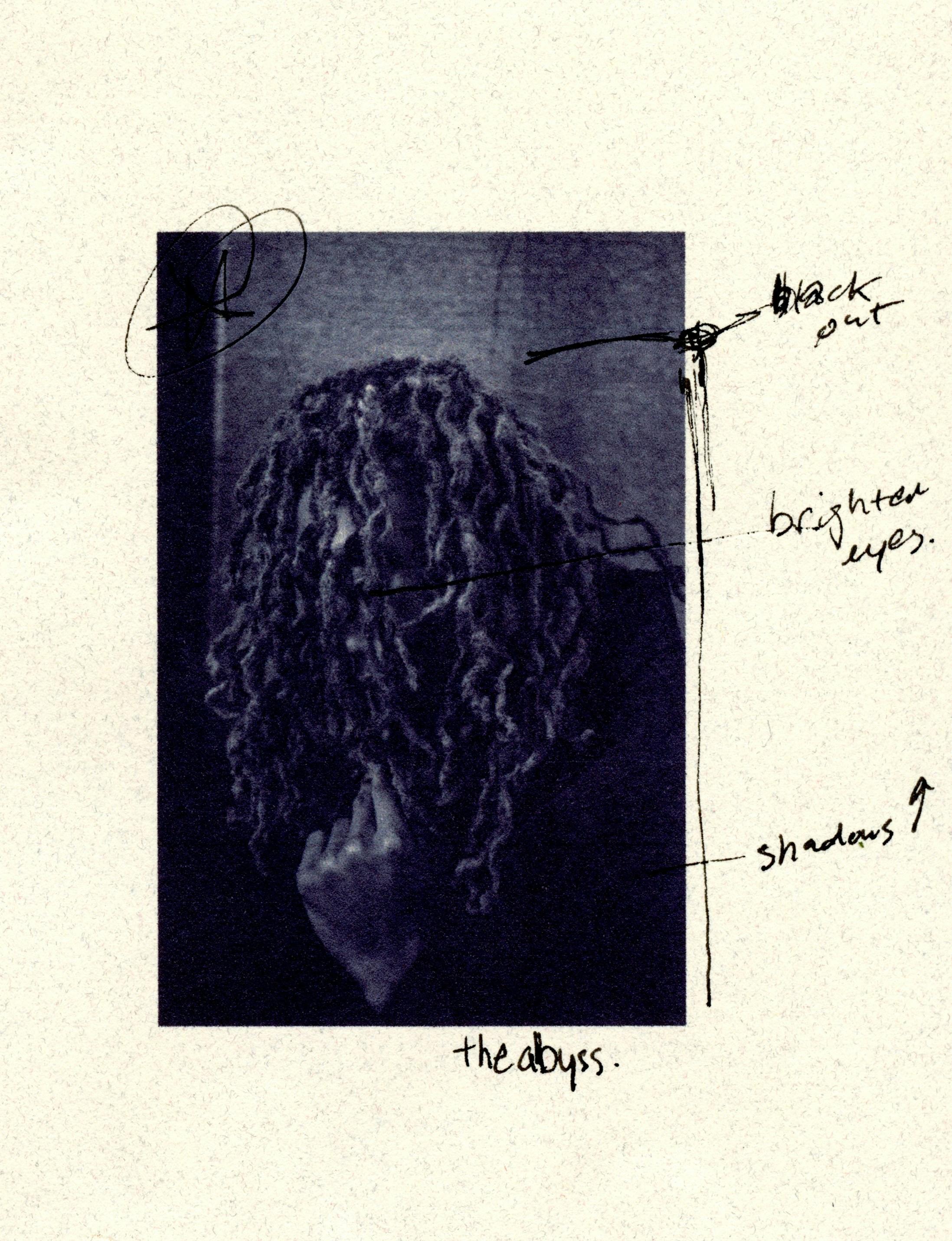In the ever-evolving tapestry of cinematic wonder, visual effects stand as a testament to human ingenuity and creativity. From the tactile charm of handcrafted miniatures to the breathtaking realms conjured by digital artistry, the journey of visual effects mirrors the relentless pursuit of storytelling perfection. This evolution is not merely a tale of technological advancement but a narrative woven with the dreams and ambitions of countless visionaries. As we delve into the history of visual effects, we uncover the magic that transforms imagination into reality, inviting audiences into worlds both familiar and fantastical. Join us as we explore the milestones and marvels that have shaped the art of illusion on screen.
Crafting Worlds: The Era of Miniatures and Practical Effects
In the golden age of cinema, the art of crafting miniature worlds brought fantastical landscapes to life with an unparalleled charm. Miniature models were painstakingly built by skilled artisans, each detail meticulously sculpted to ensure authenticity. These scaled-down environments allowed filmmakers to create grandiose settings without the astronomical costs of full-scale construction. From the towering cities of “Blade Runner” to the intricate starships of “CGI“>Star Wars,” miniatures were the backbone of visual storytelling.
Practical effects, often coupled with these miniatures, added a layer of realism that digital effects would later strive to emulate. Innovative techniques such as forced perspective, motion control, and in-camera effects created seamless illusions that captivated audiences. The physicality of these creations provided a tactile connection, a sense of weight and presence that modern CGI sometimes struggles to replicate. As we look back, these pioneering methods not only laid the groundwork for future technologies but also celebrated the artistry of hands-on craftsmanship.
- Forced Perspective: Manipulating size and distance to create illusions.
- Motion Control: Precision movement for complex shots.
- In-Camera Effects: Achieving effects directly on film without post-production.

Digital Dawn: The Rise of CGI and Virtual Realities
As technology relentlessly progresses, the realm of visual effects has undergone a seismic shift, bringing us to the forefront of a new era dominated by computer-generated imagery (CGI) and immersive virtual realities. CGI has not only transformed how stories are told but has also redefined the boundaries of imagination. From the hyper-realistic creatures in blockbuster films to the mesmerizing landscapes in video games, the ability to create entire worlds from pixels has revolutionized visual storytelling.
- Innovative Storytelling: Directors and creators are now able to visualize their wildest ideas, unhindered by the constraints of physical sets or models.
- Enhanced Audience Engagement: The immersive nature of virtual realities allows audiences to step inside these digital realms, experiencing stories in ways never before possible.
- Cost Efficiency: While initial investments in CGI technology can be high, the long-term savings and creative possibilities often outweigh the costs of traditional methods.
With the rise of CGI and virtual realities, the line between reality and fantasy blurs, offering endless possibilities for the future of entertainment and beyond.

Blending Realities: The Art of Combining Practical and Digital Effects
In the realm of visual effects, the seamless integration of practical and digital techniques has become an art form in itself. This dynamic blend allows filmmakers to create worlds that feel both authentic and fantastical. Practical effects, such as intricate miniatures and animatronics, offer tangible realism and a tactile presence that ground a scene in reality. On the other hand, digital effects provide limitless possibilities, transforming these practical elements into extraordinary visuals.
- Miniatures: Once the cornerstone of special effects, they offer detailed realism and depth.
- Animatronics: These mechanical marvels bring characters to life with natural movements.
- CGI: Expands the boundaries, adding layers of complexity and imagination.
By combining these techniques, filmmakers craft experiences that captivate audiences, bridging the gap between what is real and what is possible. The fusion of tangible and digital elements enriches storytelling, creating a more immersive and believable cinematic experience.

Future Horizons: Innovations and the Path Forward in Visual Storytelling
The landscape of visual storytelling is on the brink of a transformation driven by groundbreaking innovations. As technology continues to evolve, filmmakers and creators are embracing new tools to push the boundaries of what can be achieved on screen. With the advent of artificial intelligence, augmented reality, and virtual reality, the potential for immersive narratives is expanding beyond traditional limits. These technologies offer fresh avenues for creativity, allowing stories to be told in more interactive and engaging ways.
- Artificial Intelligence: AI algorithms are being used to enhance visual effects, creating hyper-realistic environments and characters.
- Augmented Reality: AR technology is transforming how audiences interact with stories, blending digital elements with the real world.
- Virtual Reality: VR offers a fully immersive experience, placing viewers directly within the narrative, creating a new level of engagement.
These innovations not only redefine how stories are visualized but also how audiences experience them, paving the way for a new era of cinematic experiences. As creators explore these future horizons, the path forward promises a convergence of art and technology, setting the stage for the next evolution in visual storytelling.

